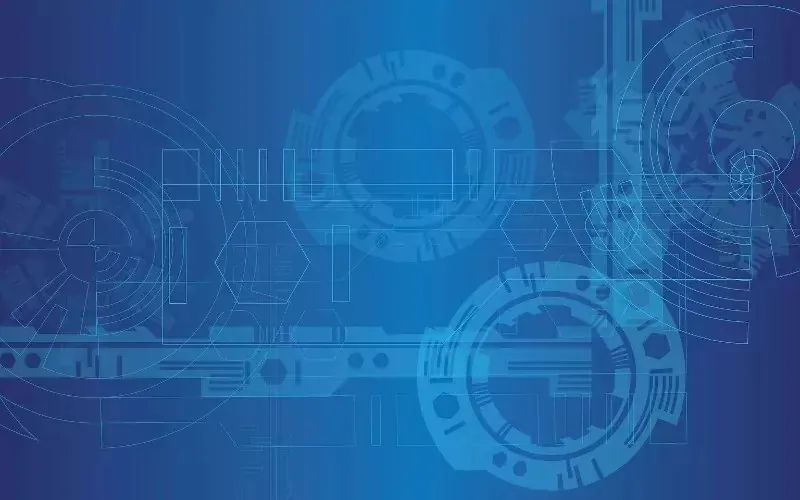Drones represent a breakthrough in reducing infection risks in neonatal care settings. These remote devices offer a non-contact solution for monitoring vital signs.
Through advanced technology, drones can measure heart and breathing rates accurately, ensuring hygiene and safety in sensitive medical environments.
Innovative Non-Contact Monitoring
Recent trials by the University of South Australia highlighted the ability of drones to measure heart and breathing rates effectively without physical contact. This innovation is pivotal in preventing infections in neonatal care, where traditional monitoring methods often involve reusable electrodes. This new approach offers a hygienic alternative.
Professor Javaan Chahl, a sensory systems expert, spearheads this research. He described how traditional electrode use, especially in developing countries, can lead to infection spread due to re-use. The drone technology, therefore, eliminates this risk by employing advanced image-processing systems.
Applications Beyond Neonatal Care
The potential uses for drone technology extend beyond neonatal units. Chahl mentions that these drones could monitor elderly residents in care homes without invading their privacy. This technology detects heart and breathing rates without capturing unnecessary personal visual data.
There are instances in clinical settings where placing multiple monitoring devices is impractical. Drones can fill this gap by providing unobtrusive patient monitoring in such environments.
Current Capabilities and Future Prospects
The technology has already proved effective in measuring vital signs using stabilised cameras, offering results on par with standard monitors. Extensive research and development continue, aiming to refine these capabilities.
Drone applications are also explored in emergency scenarios, such as natural disasters or war zones. Here, they can identify vital signs where conventional methods fail due to situational challenges.
Despite the expanded capabilities, the current focus remains on reducing infection risks in neonatal settings. The project is advancing through various ethical and technical challenges to achieve its objectives.
Technical Underpinnings and Image Processing
The drones utilise stabilised Go-Pro cameras for capturing video footage of subjects. This footage is analysed via sophisticated image-processing systems to determine vital signs, showcasing technological advancements.
This image processing approach is particularly valuable in ensuring non-invasive monitoring, aligning with ethical considerations in sensitive environments such as neonatal care.
As development proceeds, adjustments and optimisations are made continually to enhance the drones’ accuracy and reliability. The ongoing research aims to finalise a reliable monitoring solution appropriate for diverse applications.
Ethical Considerations in Drone Deployment
One of the significant challenges is navigating ethical considerations, especially in filming and monitoring vulnerable populations like infants. Ensuring privacy and ethical compliance remains a top priority.
The project progresses carefully, addressing concerns related to filming infants and other sensitive subjects. Researchers are dedicated to maintaining high ethical standards throughout the development process.
Professor Chahl emphasizes the potential global benefits of this technology in neonatal care, encouraging meticulous adherence to ethical guidelines while exploring innovative solutions.
Conclusion of Current Research
The research, now in its third year, continues for another year under Professor Chahl’s guidance. The primary aim remains focused on developing a non-contact monitoring system for neonatal care that is both effective and ethical.
Real-world applications of this technology are anticipated to transform neonatal care protocols worldwide. As trials progress, continued support and refinement are crucial to achieving lasting impact.
The adoption of drone technology in neonatal care could dramatically reduce infection rates.
This innovative approach promises a safer, more efficient future for patient monitoring worldwide.


